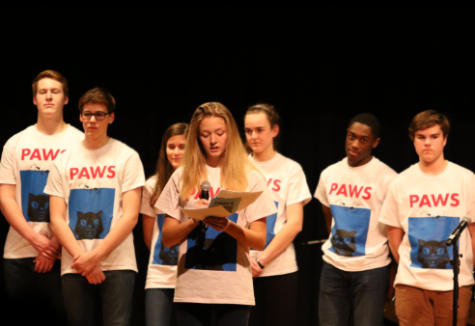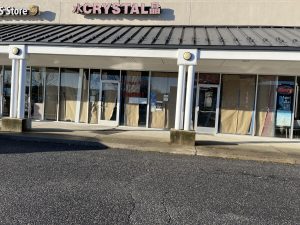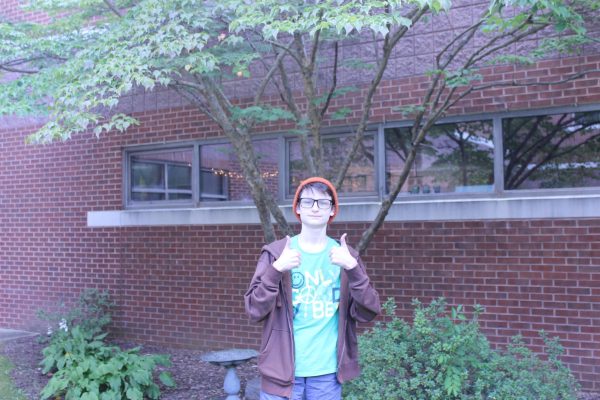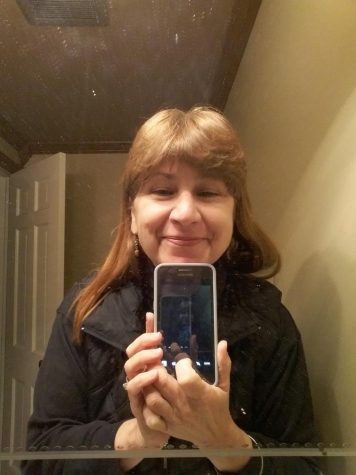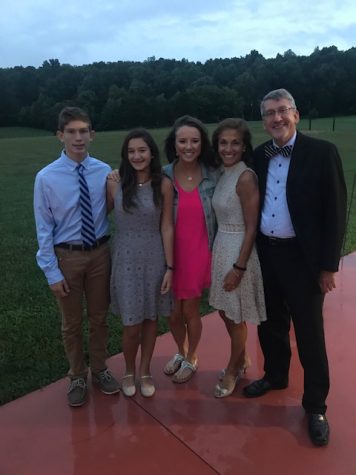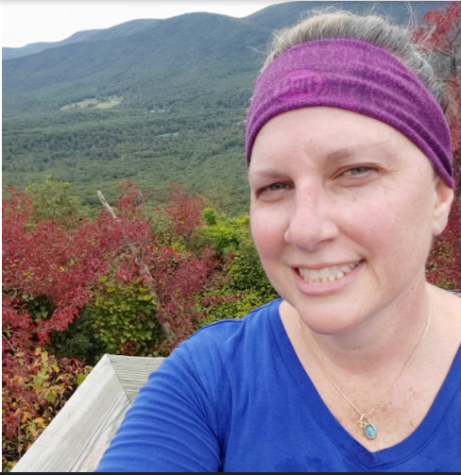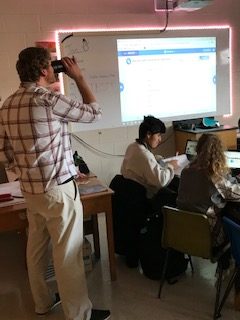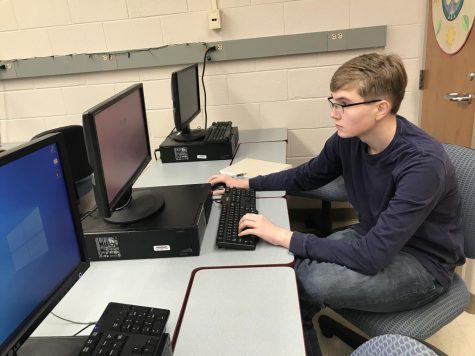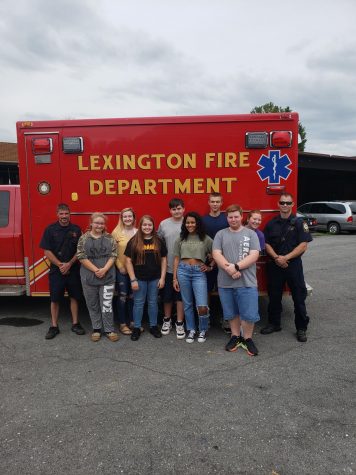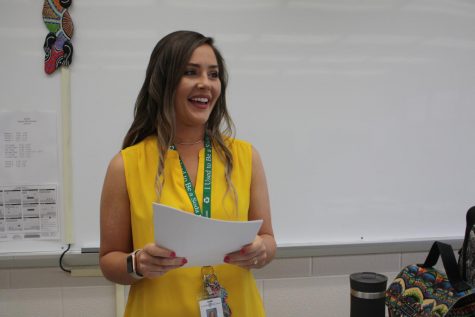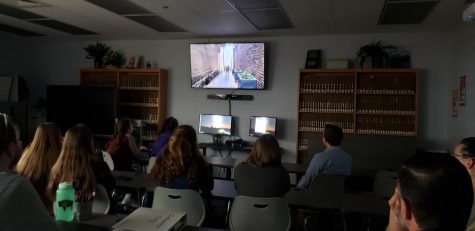Mays digs dinosaurs
May 26, 2017
Junior Abbey Mays is traveling 65.5 million years back in time for her independent study this semester. A lifelong love of dinosaurs led her to explore the paleontology of the Cretaceous Period.
“As a kid, I always really liked dinosaurs. I thought [it] would be cool to search the science behind it,” said Mays.
Her mentor is RCHS science teacher Christopher Bowring. Bowring received a degree in paleontology from Washington and Lee University and provides some of Mays’ information.
“She wants to study Spinosaurus,” said Bowing. “It’s bigger than the T-Rex, but the interesting thing about it is it had wide flat feet and it swam in rivers to catch its prey.”
He said he is excited to mentor Mays and guide her study of Cretaceous paleontology.
“[Spinosaurus is] in the Cretaceous, so we’ll do the geological time scale about that. Then we’ll narrow it down to the time stage at which that guy actually lived, 95 million years ago. And then we’ll talk more about the specific features of the dinosaur,” said Bowring.
There are no fossils from the Cretaceous Period in Rockbridge County for Mays to excavate because most are located in the western United States. Instead, Mays plans to learn about paleontology in a different way.
“I am reading, looking up online, and hopefully going to some museums and talking to people there,” said Mays.
Both Mays and Bowring are uncertain where the study will end and what her final project will be, but Bowring has numerous ideas for the study’s finale.
“Some possibilities are to build a diorama showing an actual living dinosaur and the background,” Bowring said. “For example the fossils [of Spinosaurus] were found in Morocco, which is a desert now, but when that guy lived, it was a tropical river system. The climate obviously changed. It’ll be interesting to point out that during the Cretaceous, certain environments are vastly different than they are today.”
Though she has only recently begun her study in Cretaceous paleontology, Mays has already furthered her knowledge on the subject.
“I’ve learned a lot of things that are common misconceptions about paleontology, like the T-Rex wasn’t the biggest carnivore, and dinosaurs weren’t the only thing in that era–there were also a lot of mammals,” Mays said.
While Mays enjoys studying paleontology and dinosaurs, she does not see a career for herself in this field.
“I am more interested in anthropology rather than paleontology,” said Mays. “But it’s still really cool to have fun learning about something I’ve always loved.”


